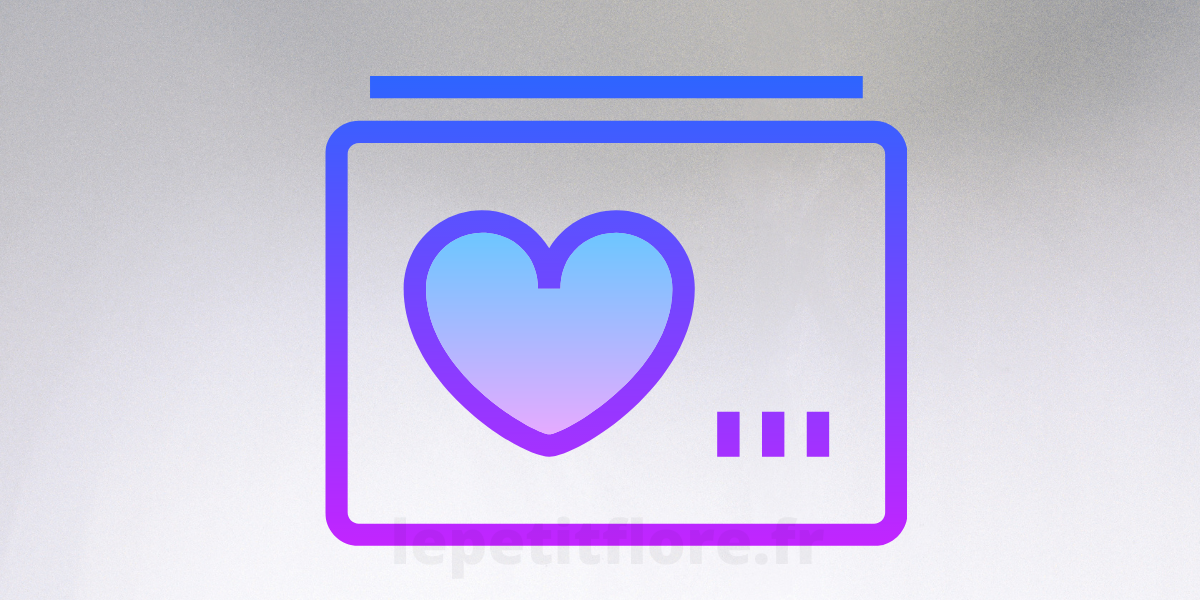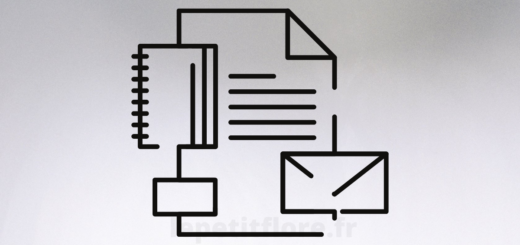3 Types of Loyalty Programs for Businesses

You can create three types of loyalty programs:
1) The Basic
2) Intermediate
3) Advanced
Let’s take a look at each one individually.
Basic
It’s as easy as possible for customers and businesses. For places that only want to promote a few products or services, an essential program works well. You only need a record of purchases, such as a small card. This is how you drive repeat business and get customers to buy from you. It is enough to teach the people who deal with these customers how to upsell and offer additional products.
These programs are great for shops selling products such as coffee, donuts, and hot dogs. A basic loyalty program could be set up for businesses that provide essential services such as rug cleaning, lawn mowing, or pet grooming.
It’s a simple program: Pay for X amount of products/services and get the next one for free. A salesperson needs to find out if the customer holds a membership card. If they don’t have one, they will give it to the customer and mark the card as proof of purchase. When the customer’s card is completely drawn, the salesperson takes the card and provides the customer with the donut/cleaning/whatever for free, along with a new, unmarked card.
You could invest in a mobile app that people can download to their smartphones instead of a physical credit card. Although this is a higher upfront cost for most businesses, it could be more affordable over time, depending on how quickly you use cards.
The main advantages of starting a basic loyalty program are Immediacy, low cost, and ease of setup. An introductory program can be created for $20 500 cards and a small stamp of ink. You can start your basic program today if you spend more on overnight printing.
Cons: Your point-of-contact salespeople will be your only source of information for all things – including promoting the program or driving additional sales. Also, you don’t have any information about your program participants, so you can’t make personalized offers. There is no way to contact your customers. You can also give them information (“We’ll start carrying red widgets next week. ”
Intermediate
Although these programs require some effort and money to set up, they are not burdensome. This category is where most loyalty programs I have seen fall. These are the primary tools.
1) A list containing personal information (at minimum, first name, and email address) for each customer
2) A contact mechanism such as an email autoresponder or text message sending platform (SMS).
3) A series of automated messages
4) Offers – discounts, buy X get freer, etc.
These programs require more planning, more time, and more money. The complexity of your program and the goals you have for it will determine how much time and money you spend. The program can allow people to register themselves and then offer rewards, such as discount coupons or other perks, to their members. You can have people self-register for the program and then have it make offers to members and give out rewards (like discount coupons, etc.) automatically. You can also make the program more complicated by segmenting your members into sub-groups and offering different bonuses and offers to each group. People will be more inclined to reward loyalty by providing detailed information such as birth date, anniversary, physical addresses, shopping preferences, and other important dates.
You can use intermediate loyalty programs to increase the buying power of your members and allow you to suggest similar products or services. They will be more inclined to purchase additional products and services if they like, trust, and respect you.
The pros: Many intermediate programs are highly automated. A single person can review the statistics generated by the program in a matter of minutes every week and make minor adjustments to improve the process. You can almost “set it and forget it” because most of the labor and money cost is upfront. The system manager only needs to be available for minor changes or new features, such as adding products, services, or segments. You can offer more profitable products and services to the right people by using the minimal amount of personal data you have.
Cons: You need to be able to comprehend the program and take responsibility for managing it behind the scenes. They are responsible for training point-of-contact personnel on program expectations, such as coupons and other perks. They must also regularly interpret the data generated by the system and make decisions based thereon. This can be a time-consuming and challenging task at first. Intermediate programs don’t have to be expensive, but a decent system will not come cheap.
Advanced
Advanced loyalty programs, by their very nature, are more complicated, more costly, and require a recurring investment in time from a group of people. Advanced systems can track vast amounts of information and allow you to micro-promote each member. Many membership programs that are run by large corporations have advanced techniques. Wegman’s, a major supermarket chain on the East Coast, has an automated system that can provide coupons for items customers have shopped for previously. The same coupons are available from BJ’s Wholesale Club. Advanced techniques are able to offer promotions through printed coupons, SMS messages to members’ phones, and even custom apps that members use to shop. An advanced system can track how often you shop, what brands you like, and the individual products you buy. It can offer incentives based upon important dates such as holidays and birthdays. They will be able to tell you how long you shop and encourage you to visit them when you haven’t been in a while. You can do more with the information that your membership program tracks – including selling it or aggregating it. That’s another discussion.
There are many pros to this: You can collect tons of information depending on how complicated and detailed you make your collection system. Your promotions will be more precise the more information you gather. You can offer a discount on widgets as well as yellow left-handed widgets to those who live in certain areas and have their lawns cut on Thursdays—plan for higher profits by tracking your expenses, scheduling supplies according to the hour.
Cons: High investment costs. The set-up costs for time and human resources are significantly higher than the other categories. It is a long-term investment to monitor the system and interpret and use generated data. The program components need to be improved the more data you have.
For more information on a loyalty or membership program for your business, please visit the companion site – LoyaltyProgProfits.com.There you’ll have access to more in-depth information! Grab your PDF copy of this article today!



